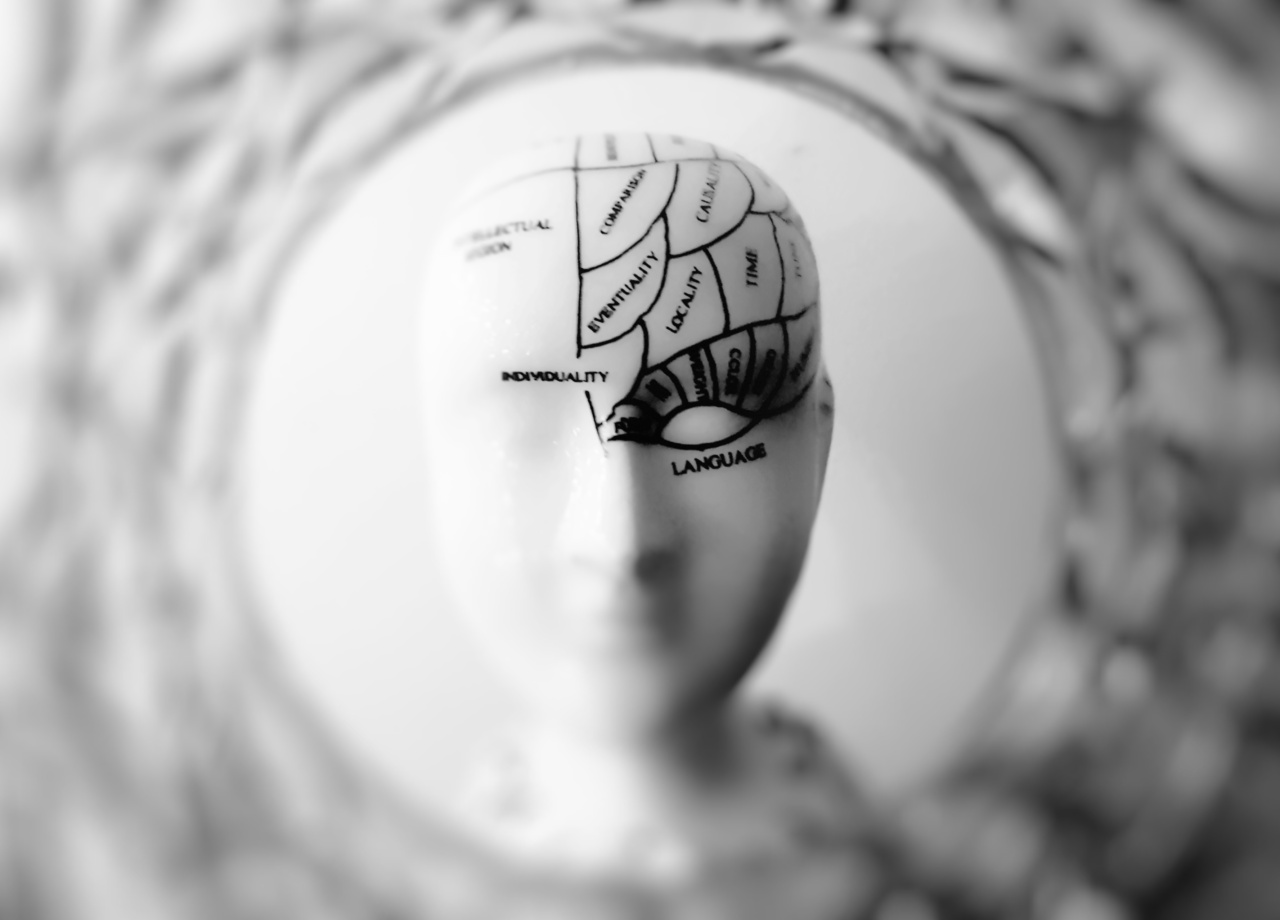Brain freeze, also known as an ice cream headache or cold-stimulus headache, is a common phenomenon that many of us have experienced. It occurs when we consume something cold, such as ice cream or a frozen drink, too quickly.
This sudden onset of pain can be quite uncomfortable and may last for a few seconds or a couple of minutes. In this article, we will explore what exactly happens when we get brain freeze and why it occurs.
The science behind brain freeze
Brain freeze is believed to be a type of headache known as a “referred pain” or “referred headache.” Referred pain occurs when the pain felt in one part of the body is actually originating from another part.
In the case of brain freeze, the pain is felt in the forehead or temples, but it originates from the back of the throat.
When we consume something cold, like ice cream, the cold temperature triggers a rapid constriction of the blood vessels in the roof of the mouth and the back of the throat.
This vasoconstriction is the body’s way of protecting itself from the cold and reducing heat loss.
However, when these blood vessels constrict too quickly and intensely, it triggers a series of events that lead to brain freeze.
As a result of the vasoconstriction, the brain perceives a sudden drop in temperature, causing the blood vessels in the brain to dilate rapidly to compensate.
The role of nerves in brain freeze
Another factor that contributes to brain freeze is the involvement of certain nerves. The trigeminal nerve, a major cranial nerve responsible for carrying sensory information from the face and head, plays a crucial role in brain freeze.
When the blood vessels in the back of the throat constrict, it stimulates the trigeminal nerve.
The trigeminal nerve then sends signals to the brain, interpreting the temperature change as pain. This pain is commonly felt in the forehead or temples because those areas are innervated by branches of the trigeminal nerve.
Relief from brain freeze
Just like any other type of headache, there are ways to alleviate brain freeze. One of the most effective methods is to warm up the roof of the mouth by pressing your tongue against it.
The warmth from the tongue helps to counteract the cold, reducing the constriction of blood vessels and easing the pain. Drinking a warm beverage or simply waiting it out until the brain freeze subsides are also effective ways of finding relief.
It’s important to note that brain freeze is temporary and typically harmless. However, individuals who suffer from migraines or other types of headaches may be more prone to experiencing brain freeze.
In such cases, it is best to avoid consuming extremely cold foods and drinks too quickly to minimize the chances of triggering brain freeze.
Preventing brain freeze
To prevent brain freeze, the key is to consume cold foods and drinks slowly. By slowing down the rate at which you consume them, you give your mouth and throat time to acclimate to the cold temperature.
This allows the blood vessels to constrict more gradually, reducing the intensity of the subsequent dilation and minimizing the chances of brain freeze.
Using a straw to drink cold beverages or taking small bites of ice cream instead of large spoonfuls can also help in preventing brain freeze.
These techniques allow for a more gradual exposure to the cold, reducing the risk of triggering a sudden constriction and subsequent dilation of the blood vessels.
The physiological response of brain freeze
While brain freeze is often harmless, some people may experience a more intense physiological response to the pain. Increased heart rate, sweating, and even mild anxiety are known to accompany brain freeze in a small percentage of individuals.
These physiological responses are believed to be part of the body’s fight-or-flight response triggered by the sudden pain sensation.
However, it is essential to mention that these responses are relatively rare and typically duration-lasting. They should not be a cause for significant concern.
If you find that you consistently experience severe or prolonged discomfort from brain freeze, it is recommended to consult a healthcare professional to rule out any underlying health conditions.
Conclusion
Brain freeze, while unpleasant, is a temporary and harmless phenomenon that occurs when we consume something cold too quickly.
It involves the rapid constriction and subsequent dilation of blood vessels in the back of the throat, which triggers referred pain felt in the forehead or temples. By consuming cold foods and drinks slowly and using techniques to gradually expose the mouth to the cold temperature, brain freeze can be prevented or minimized.
If you experience severe or persistent discomfort from brain freeze, it is advisable to seek medical advice to ensure there are no underlying health concerns.






























